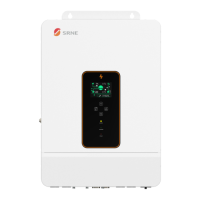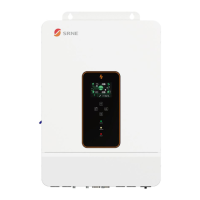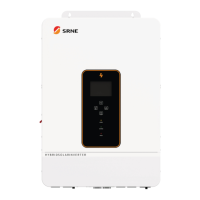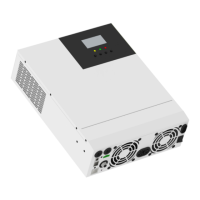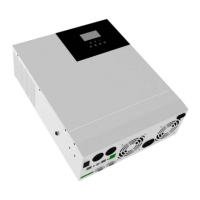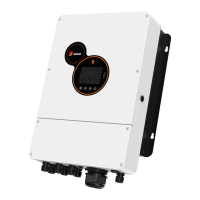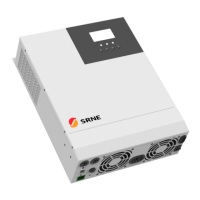How to fix Srne ASF4880S180-H screen with no display?
- Ddanielle82Aug 14, 2025
If your Srne Inverter screen isn't displaying anything, it could be due to no power input or the device being in sleep mode. First, ensure the circuit breaker is closed and the rocker switch is turned ON. If it's in sleep mode, push any button on the panel to wake it up.
